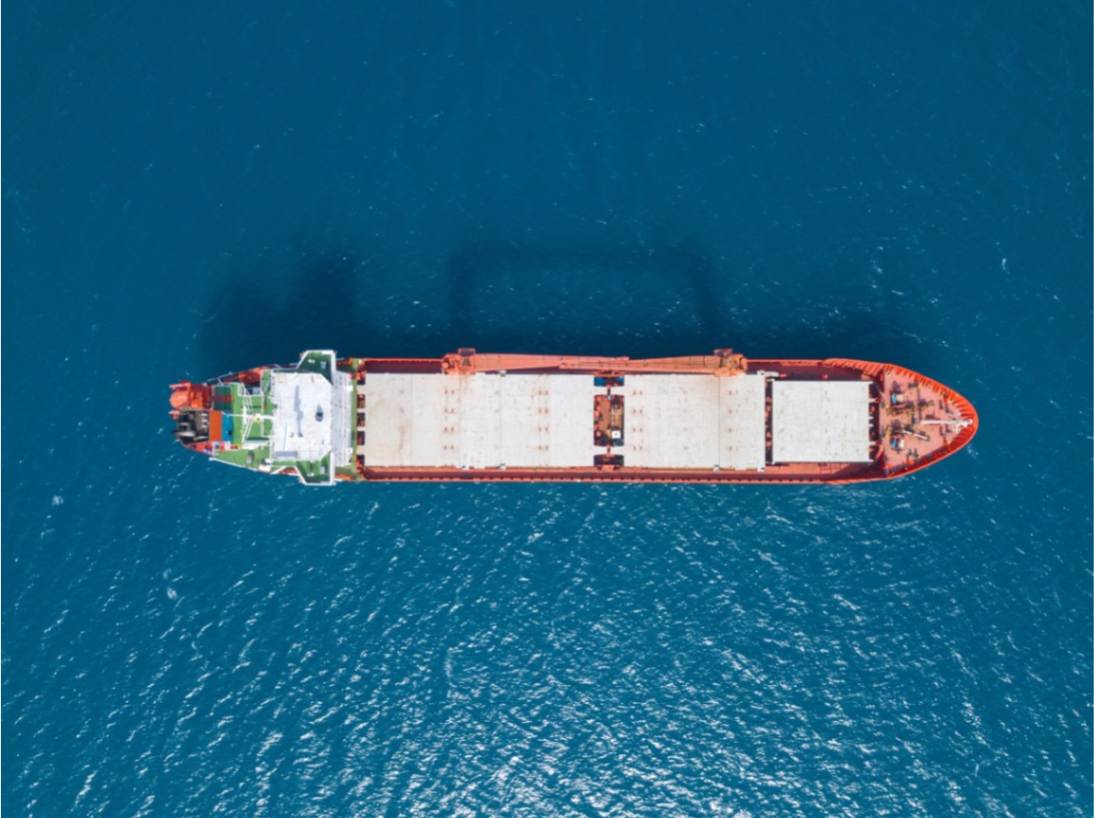
Optimizing decision-making in seaborne transport with real-time data
Posted
May 21, 2024
By
Bård Halvorsen
Senior Shipping and Supply Chain Specialist
The key to effective decision-making in seaborne transport lies in access to accurate and timely information. Real-time data provides an up-to-the-minute snapshot of what is happening across your entire logistics network. This can include the current location of ships, weather conditions, port activity, and cargo status. Such immediate insights allow supply chain managers to react swiftly, manage risks more efficiently, and reduce inefficiencies that would lead to unnecessary costs.
For supply chain managers and heads of supply chain in various industrial companies, the daily struggle often revolves around the opacity of critical data. This lack of visibility can lead to delayed responses, increased operational costs, and missed opportunities for optimization.
How real-time data turns maritime delays into cost-saving opportunities
Real-time data enables more than just tracking; it enhances the entire operational process. For instance, by knowing exactly when a ship will arrive at a port, managers can better coordinate ground transportation, reducing wait times and lowering demurrage charges. Additionally, in situations like sudden weather changes or geopolitical tensions that may block traditional routes, real-time data allows for quick rerouting, maintaining the flow of goods and mitigating potential delays.
The ability to monitor shipments and conditions in real-time significantly mitigates risks. Advanced alerts about potential disruptions, whether from natural disasters or human-induced events, enable proactive measures. This capability is crucial in avoiding substantial financial losses and in maintaining the integrity of the supply chain.
Turning transparency into trust: how real-time tracking boosts customer satisfaction
In today’s market, customer satisfaction is key. Real-time tracking ensures that customers are kept informed about the status of their goods. This transparency builds trust and enhances customer relations, providing a competitive edge that is invaluable in retaining business.
Leveraging CargoValue for real-time insights
We have developed a unique logistics management system that is tailored specifically for the needs of industrial companies managing seaborne transport. CargoValue not only gathers and displays real-time data but also integrates it with predictive analytics to offer actionable insights. This helps in making informed decisions swiftly and accurately, ensuring that supply chain managers are not just reacting to the world as it changes, but anticipating those changes.
In a field where timing and information are everything, having data at your fingertips can revolutionize how decisions are made, ultimately leading to more streamlined operations, reduced costs, and improved customer relations.



